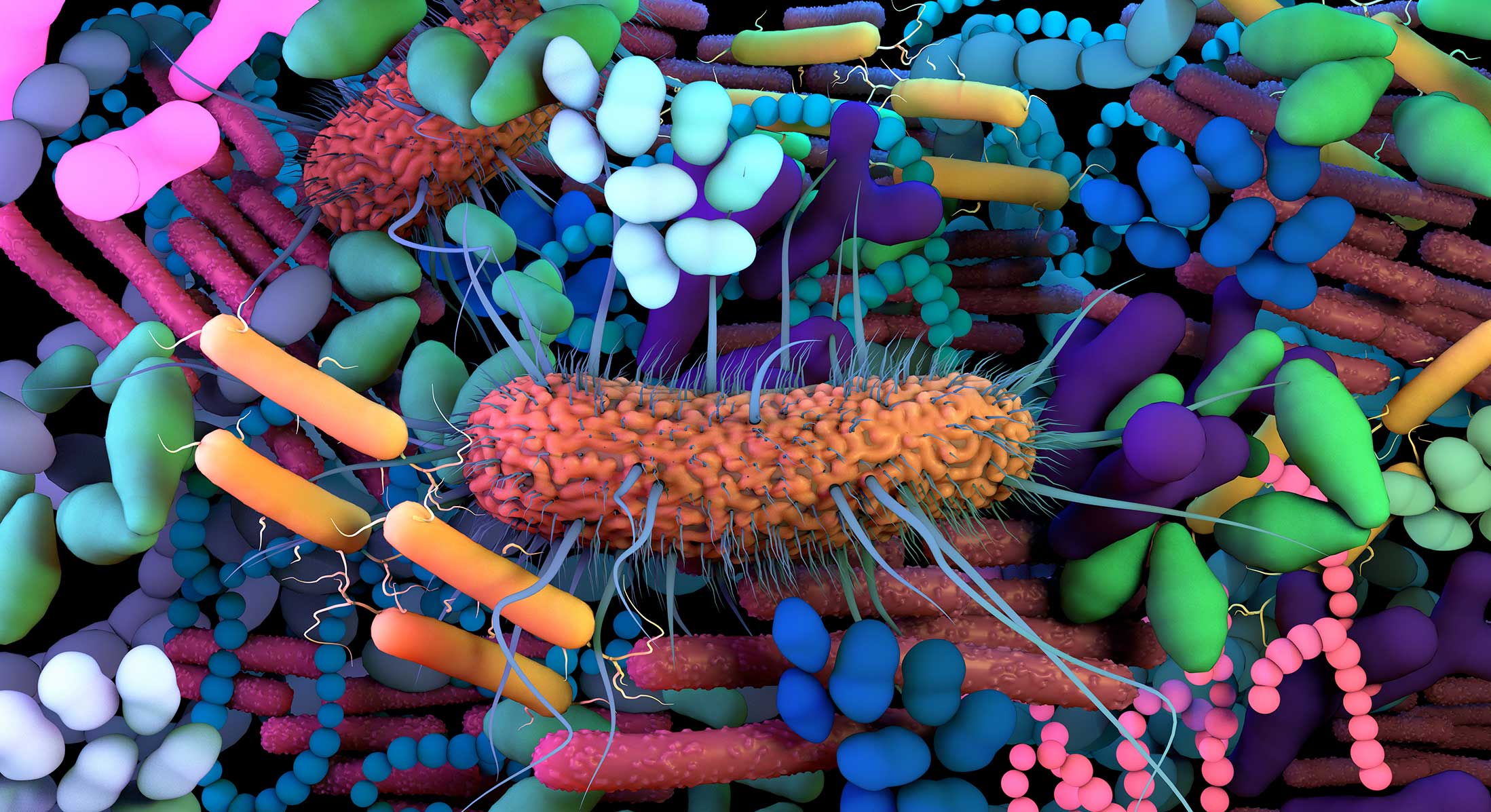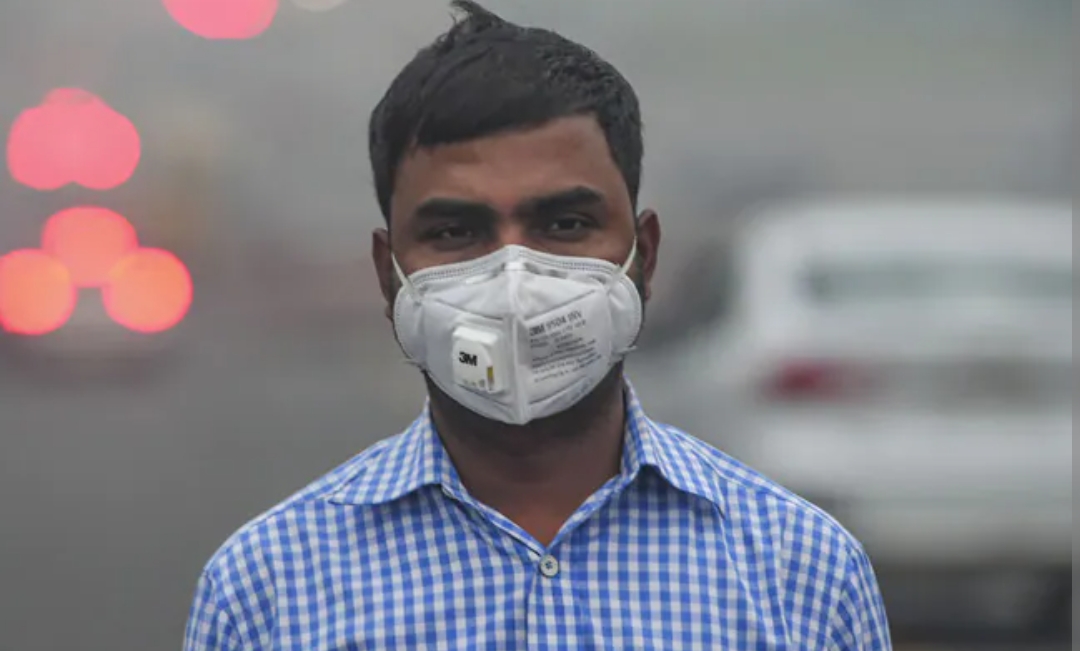
Air pollution leading to emergency room visits by children, shows study
Previous studies have shown that, due to immature lung development, children are more susceptible to adverse health effects from air pollution than adults, making them vulnerable to inflammatory and oxidative damage. In addition, children retain more air pollutants per unit body weight than adults due to higher respiration rates and outdoor physical activity. The rise in air pollution leading to the emergency room (ER) visits by children for the treatment of acute respiratory infections, a two-year study in Delhi finds.
The report appears in the 'medRxiv' pre-print server, while not peer-reviewed, and includes researchers from the All India Institute of Medical Sciences, the CSIR Institute of Genomics and Integrative Biology, the Kalawati Saran Children's Hospital, and the Vallabbhai Patel Chest Institute. The research is relevant because it examined hospital visits, from June 2017 to February 2019, of as many as 19,120 children over two years. The study notes that on days of high' and 'moderate' emissions, there was a rise of approximately 21 percent -28 percent in visits by children manifesting symptoms of acute respiratory disease, relative to days of low pollution'.
The researchers compared PM10 and PM 2.5, SO2 (sulphur dioxide), CO (carbon monoxide), NO2 (nitrous oxide), and O3 (ozone) levels with day-to-day data on children's ER admissions for the study. The age of the studied children varied from 5 months to 3 years. Sulphur dioxide and carbon monoxide were the contaminants most closely associated with more ER respiratory visits. The contaminants most closely correlated with air pollution, PM 10 and PM 2.5, paradoxically, showed poor associations with a rise in the number of ER visits. In fact, the days of elevated PM 2.5 levels corresponded to a decrease in the number of ER visits when taken alone.
Dr Rohit Sarin, the co-author of the study and director of the National Institute of Tuberculosis and Respiratory Diseases, New Delhi, said that the lower association of particulate matter was mainly due to the fact that its effects on respiratory health are not always immediately noticeable and that Delhi normally has a very high background level of such matter. Its contribution is hard to distinguish due to high noise levels, and in addition, the health effects of particulate matter take more time to manifest. Thus this research does not mean that PM is of main concern for air pollution leading to emergency room visits, he said.












